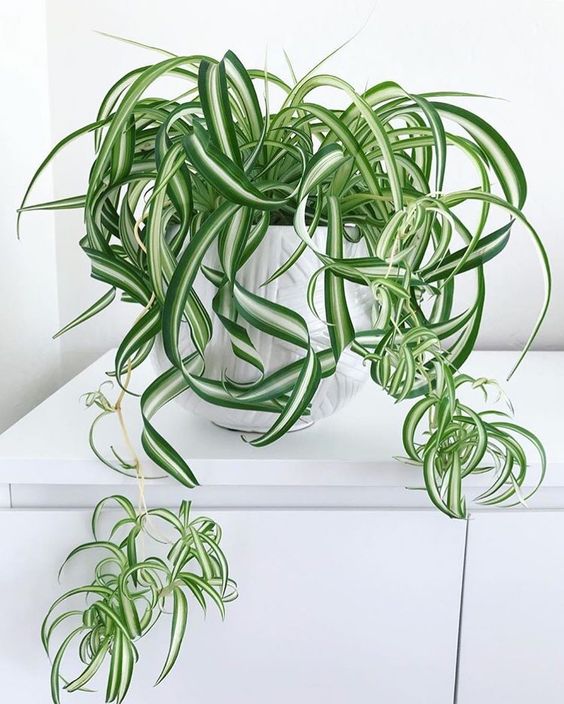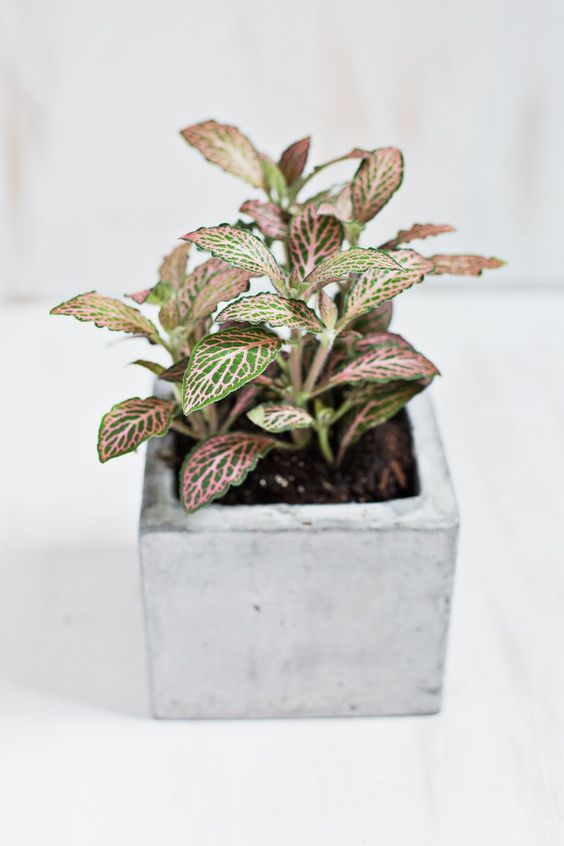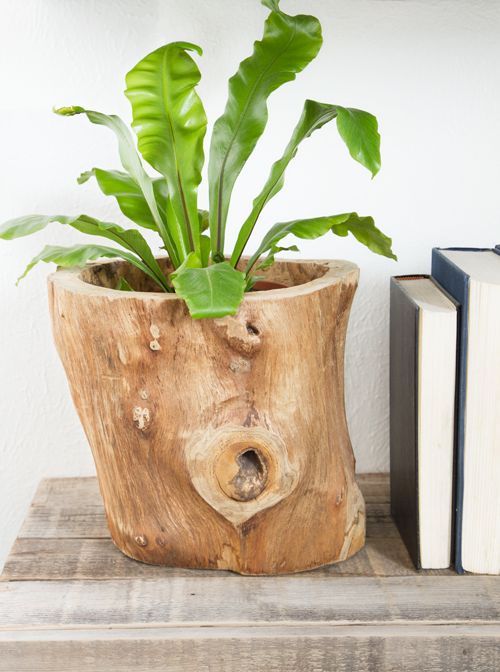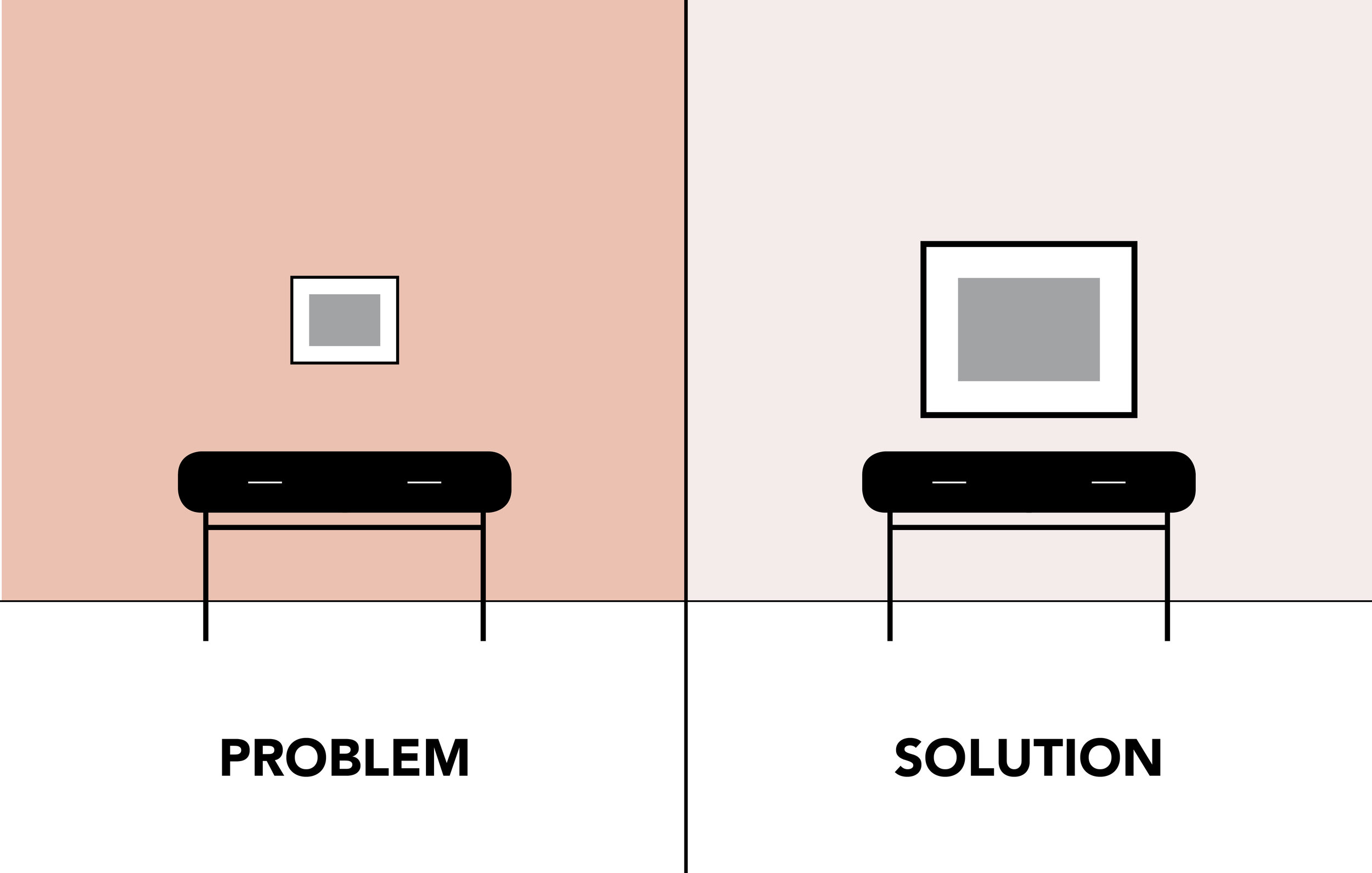Author: Sydney Piwowar
Alright peeps - here is a sensitive topic… Drapes. Some people think that they have a hard and fast rule for drapes and that is not always the case. LESS is not always more and MORE is not always more.. as a general guide line to hanging drapes there are a few mistakes people commonly make. We have curated our list of the Top 5 mistakes
Too Low
Hanging curtains too low from ceiling causes the room to compress. Instantly, the ceiling feels lower, and your space will feel small. Hanging them high to the ceiling tricks your eye into thinking the space is taller, making it feel open and airy.
Too Short
Cutting the drapes short to match the length of the window makes the whole room feel like its floating - in a very bad way. It feels unfinished, like you were on a budget and could only afford 1/2 the fabric you need. Even if you are on a budget, get a fabric in your price range, and do it right. Your space will prove to you its worth it.
Not Enough
Wimpy fabric will feel thin an cheap on a big window. Getting a drapery grade, heavier, and thicker fabric will pay off and make the room feel more luxurious. Even if you don’t want black out curtains, you just want something light and airy, make sure to buy enough extra fabric to gather on each end of the window. You pay for what you get in drapes people!
Too Much
Now don’t get me wrong, I am ALL for vintage. Design trends cycle through like your laundry.. One second its light and airy 80’s summer style, then the next its moody 90’s winter grunge. Drapes are not cheap Forever 21 T-shirts though… You buy them RIGHT once, and keep them forever. That being said, stay away from trendy patterns... No pattern what 70’s mod patterns come back in, don’t do it. Stick with something simple, modern, and clean. Versatility is key.
Arched Window
This is what I meant by no hard and fast rule. Arched windows are so tricky dependent on their size, location on the wall, and quantity. Don’t be discouraged though, there are more than one solution. The first option is to remove those ugly drapery knobs and hang a simple, modern, rod high to the ceiling as previously mentioned. Option 2 is to have custom roman shades made to fill the arch and drape below on the lower, rectangle portion of the window. I am not a fan of that option though as most arched windows have beautiful trim features you don’t want to cover up. Option 3 is no curtains at all. For some people, that may be a deal breaker, but I think it is important to decide when you need privacy and when you don’t.

























